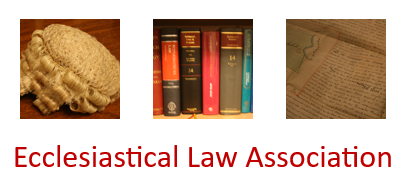The petitioner, the son of a Ghanaian, sought a faculty to authorise the exhumation of his father's remains, with a view to the remains being reinterred in a grave in his father's home town in Ghana. The deceased, aged 98, had during his lifetime expressed a wish to be buried in his home town. However, he died suddenly from Covid-19 in 2020, and owing to Covid restrictions the family had been advised that expeditious burial in a sealed, zinc-lined coffin was advised, and transfer to Ghana was then impossible. The Chancellor decided that, in the unusual circumstances of this case, the petitioner had demonstrated exceptional circumstances to displace the normal presumption that burial in consecrated ground is final, and she therefore granted a faculty.

